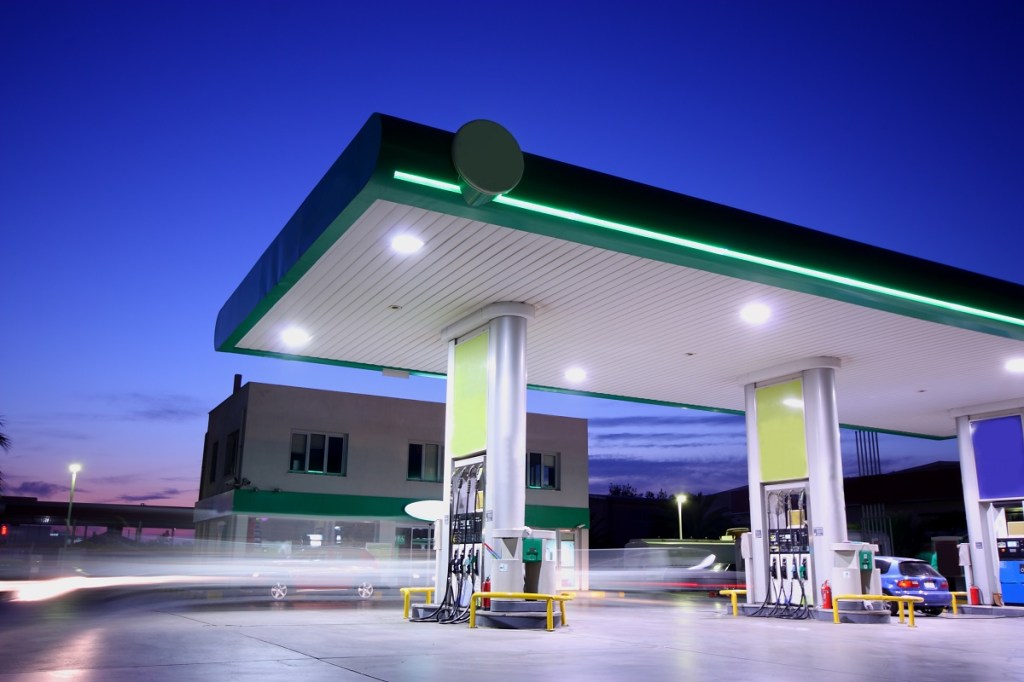A snowball of change has started in the downstream petroleum industry. From an initial state of small significance there are shifts that are growing larger and perhaps potentially disastrous, though with the right planning it might be beneficial instead.
After that opening sentence, your mind would most likely turn to new transport energy. If you thought electricity and hydrogen, you would not be wrong.
However, like a snowball gaining size as it rolls down the slope, there are many smaller parts that will contribute to the size and type of market we are heading towards.
The COVID-19 outbreak, most importantly how consumers and marketers have reacted to the changes it has brought, gives us a sign of what is to come.
The fall in demand for our core products was unprecedented. Fuel sales during the June to October 2021 lockdowns fell, in Sydney by 54.1 per cent, Melbourne by 44.1 per cent and staggeringly in Canberra by 67.5 per cent when compared to October 2019. Coupled with this the price of wholesale fuel in the period from April 2020, the depth of initial lockdowns, to October 2021 rose an unbelievable 508.69 per cent.
In a May 2020, a KPMG report into the mobility retailer of tomorrow looked at what a forecourt with less contribution to the business meant for owners. KPMG suggested, in its report titled ‘Fuel Forecourt Retail Market’ May 2020, that in the next 10 to 15 years fuel would contribute 20 per cent of overall business. With the new mobility services, EV charging as an example, contributing 10 per cent. They see the other 70 per cent coming from convenience retail and what they call ‘adjacent services’ like parcel pickup or home delivery.
We will recover our volumes lost over the last two years. But our glimpse of the future must have us investing in the demand changes coming in transport energy.
The physical nature of our forecourts has come into question in the last two years. Health concerns around the pandemic has meant customers are worried about in-store interaction. Retailers have had to close stores for deep cleans after an infection outbreak, or just because it is no longer viable to staff a service station at certain times.
QR codes have alleviated anxiety for some and show how technology can be used to enhance the customer experience. KPMG voiced the opinion that ‘digitising the forecourt’ will provide performance improvement and cost reduction, while increasing the customer experience.
In recent years we have seen how other industries revolutionised customer interaction through technology. Here in Australia, Ruckus Energy Co has built a merchant to consumer application that allows for activation and completion of fuel transactions when sites are trading, or closed, without any additional hardware or console operator interaction.
Technology has supported operations in the COVID new normal. Keeping that investment going into the next decade provides the opportunity to increase productivity, bring new energy types and customers to forecourts.
McKinsey and Company, in a report ‘Fuel Retail in the Age of New Mobility’ April 2021 noted, “operators need to move quickly to rethink strategy and transform their business”.
In McKinsey’s view, for a retailer to win they need to consider taking three steps; extract maximum value from core business, develop a distinct convenience value proposition and craft a comprehensive new energy strategy.
Apart from the last step, dealing with COVID has provided a moment to see how well we have addressed the first two. Only you will be able to answer as to how your business stacked up.
Without a doubt the impact of the last two years has been devastating. It has a benefit, as it lets a business use the rebound in activity to undertake change. Take the opportunity, compared to what is coming, COVID is just the dress rehearsal.
This article was written by Nic Moulis for the December / January issue of Convenience & Impulse Retailing Magazine.

